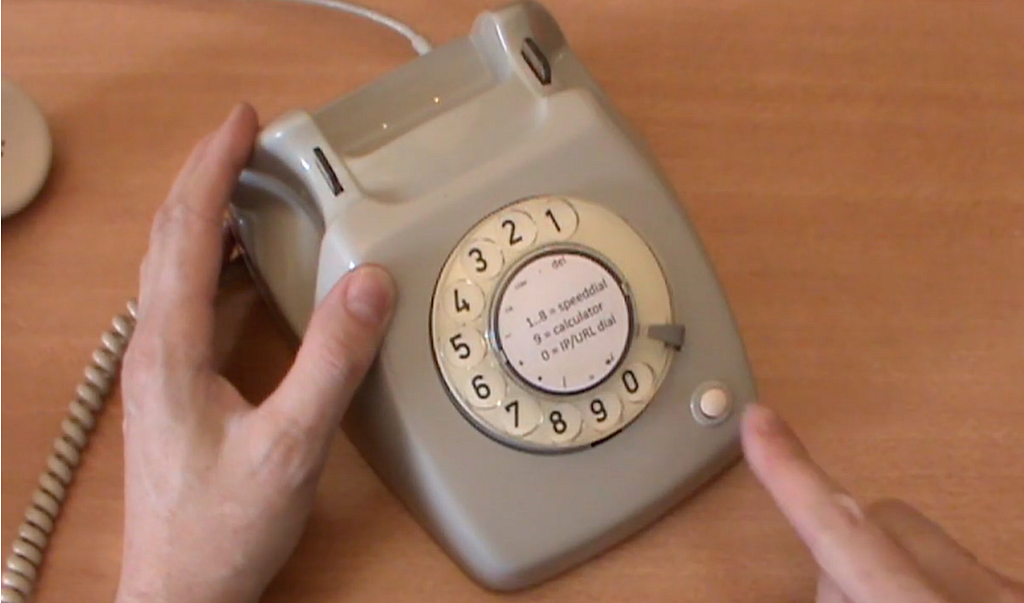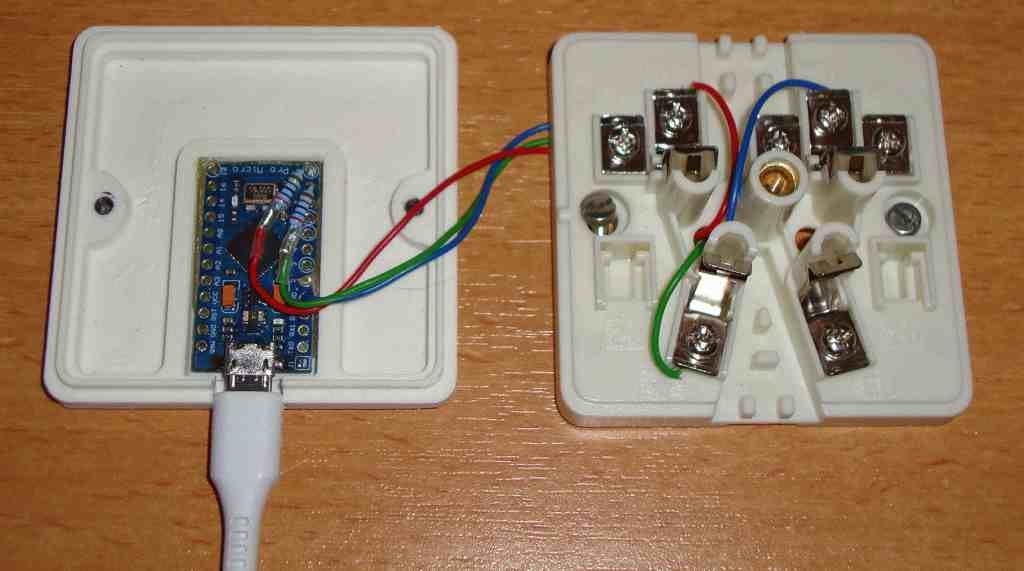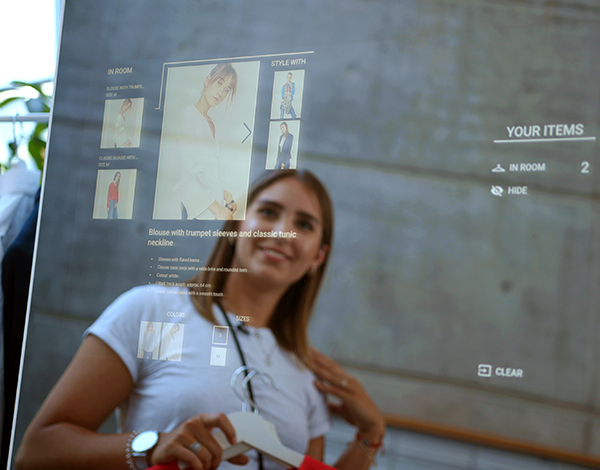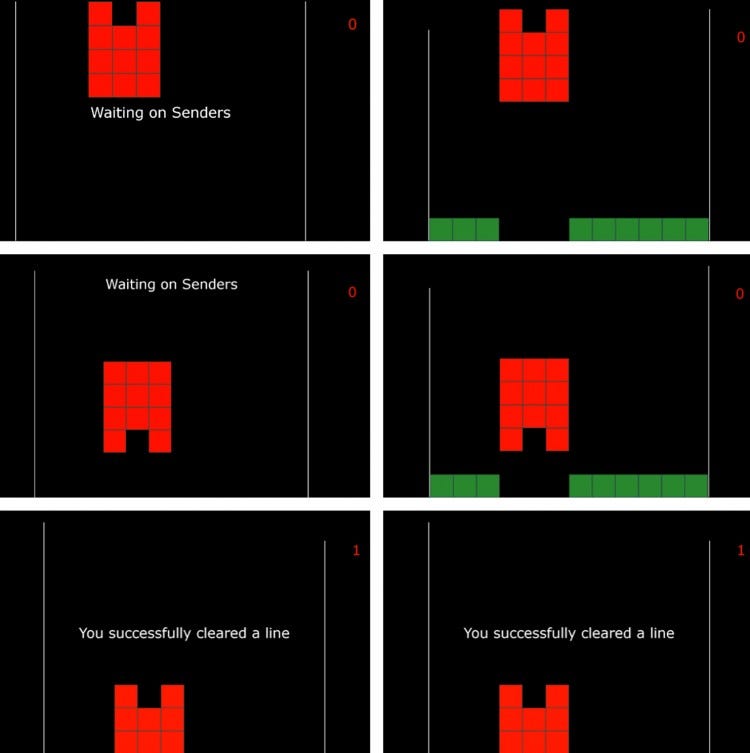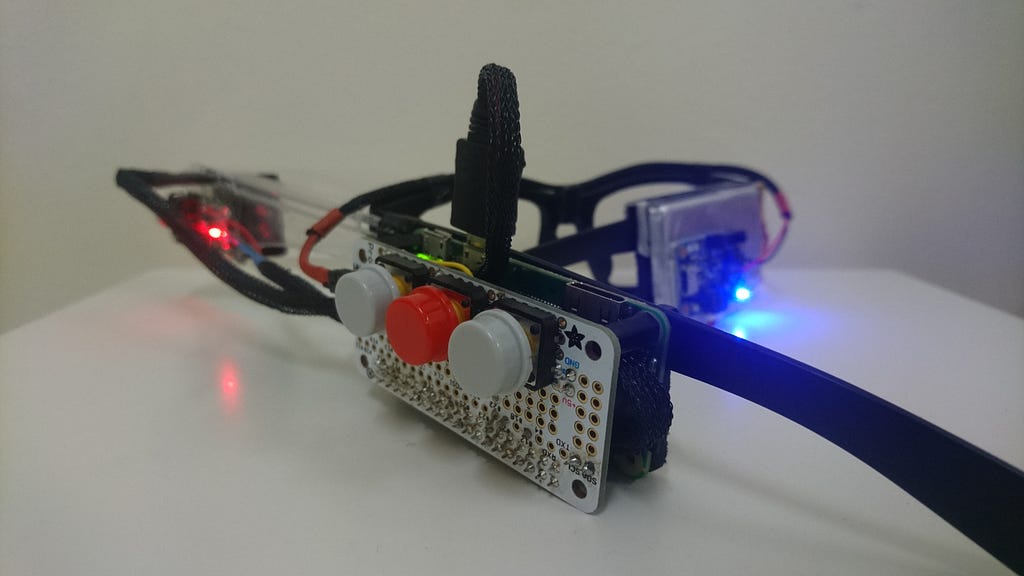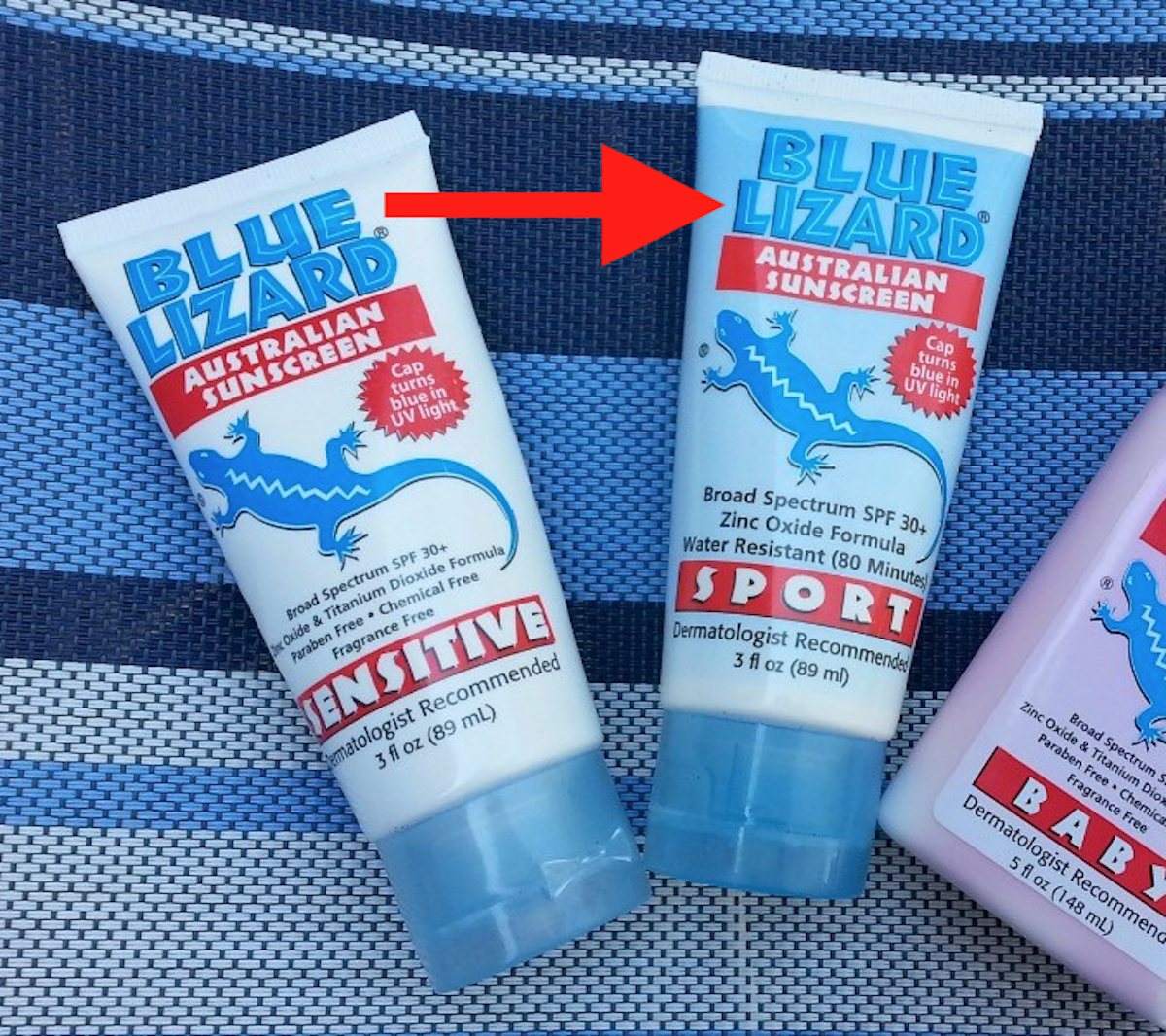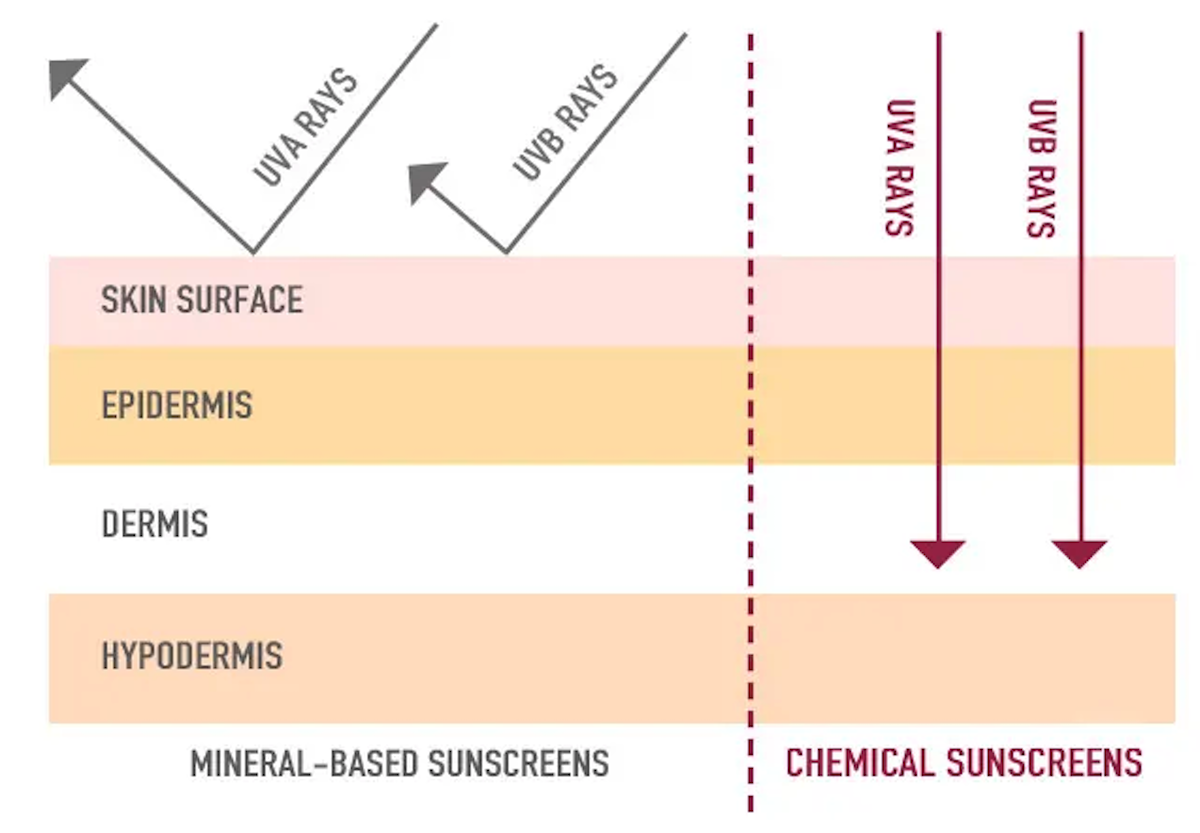As people strive ever harder to minutely quantify every action they do, the sensors that monitor those actions are growing lighter and less invasive. Two prototype sensors from crosstown rivals Stanford and Berkeley stick right to the skin and provide a wealth of physiological data.
Stanford’s stretchy wireless “BodyNet” isn’t just flexible in order to survive being worn on the shifting surface of the body; that flexing is where its data comes from.
The sensor is made of metallic ink laid on top of a flexible material like that in an adhesive bandage. But unlike phones and smartwatches, which use tiny accelerometers or optical tricks to track the body, this system relies on how it is itself stretched and compressed. These movements cause tiny changes in how electricity passes through the ink, changes that are relayed to a processor nearby.
Naturally if one is placed on a joint, as some of these electronic stickers were, it can report back whether and how much that joint has been flexed. But the system is sensitive enough that it can also detect the slight changes the skin experiences during each heartbeat, or the broader changes that accompany breathing.
The problem comes when you have to get that signal off the skin. Using a wire is annoying and definitely very ’90s. But antennas don’t work well when they’re flexed in weird directions — efficiency drops off a cliff, and there’s very little power to begin with — the skin sensor is powered by harvesting RFID signals, a technique that renders very little in the way of voltage.
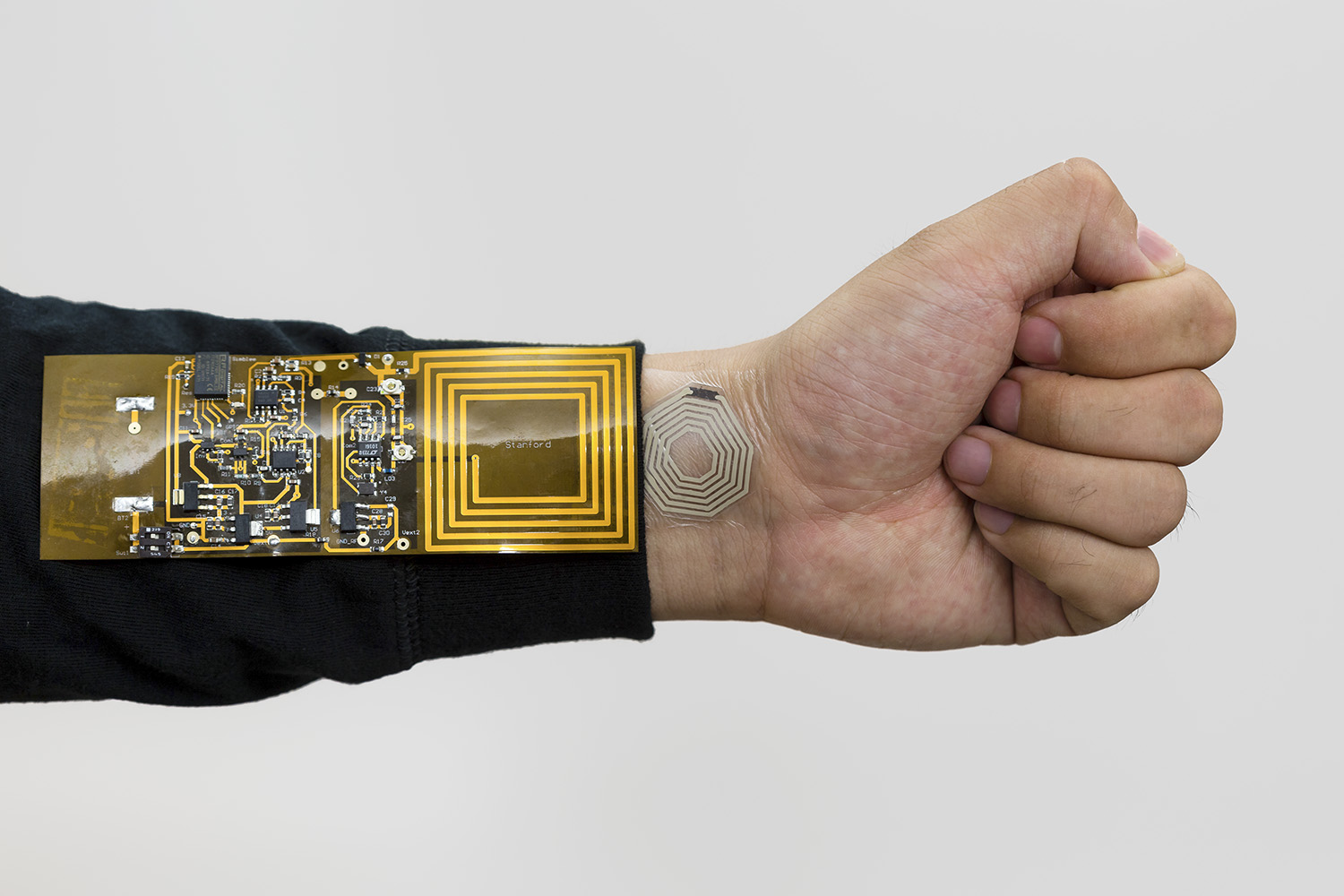
The second part of their work, then, and the part that is clearly most in need of further improvement and miniaturization, is the receiver, which collects and re-transmits the sensor’s signal to a phone or other device. Although they managed to create a unit that’s light enough to be clipped to clothes, it’s still not the kind of thing you’d want to wear to the gym.
The good news is that’s an engineering and design limitation, not a theoretical one — so a couple years of work and progress on the electronics front and they could have a much more attractive system.
“We think one day it will be possible to create a full-body skin-sensor array to collect physiological data without interfering with a person’s normal behavior,” Stanford professor Zhenan Bao said in a news release.
Over at Cal is a project in a similar domain that’s working to get from prototype to production. Researchers there have been working on a sweat monitor for a few years that could detect a number of physiological factors.
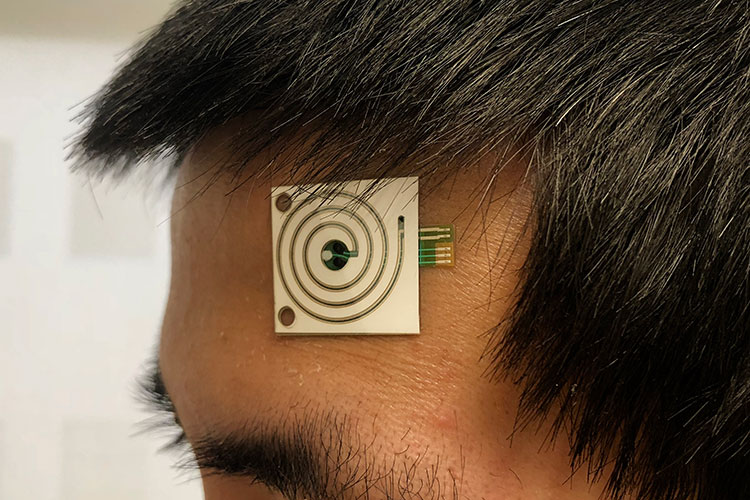
Normally you’d just collect sweat every 15 minutes or so and analyze each batch separately. But that doesn’t really give you very good temporal resolution — what if you want to know how the sweat changes minute by minute or less? By putting the sweat collection and analysis systems together right on the skin, you can do just that.
While the sensor has been in the works for a while, it’s only recently that the team has started moving toward user testing at scale to see what exactly sweat measurements have to offer.
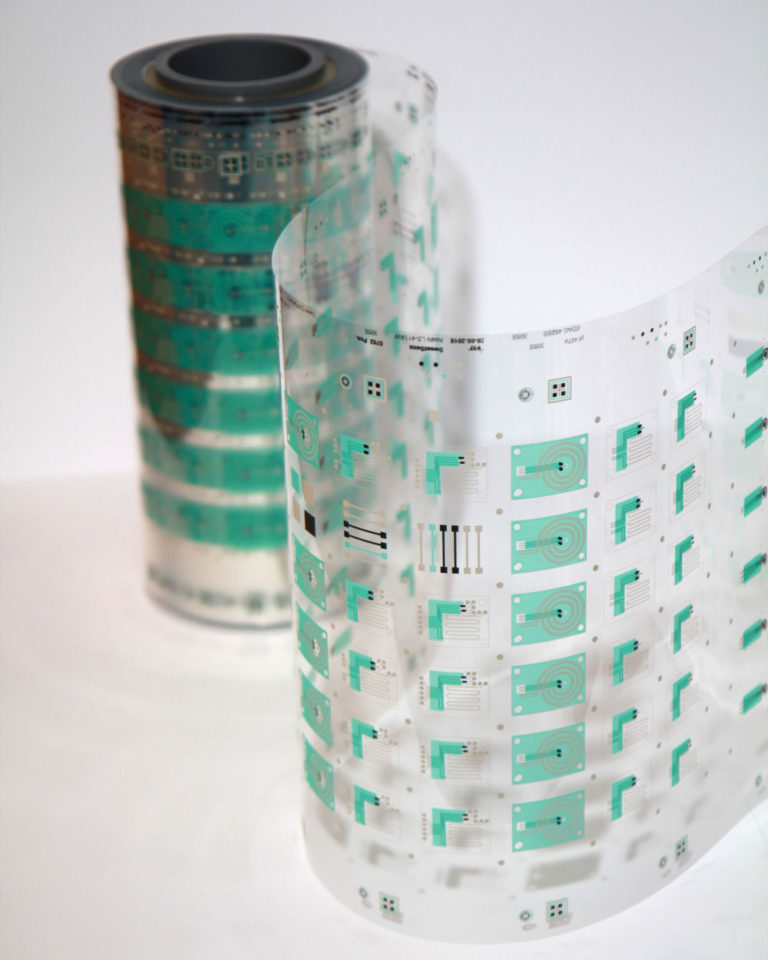 “The goal of the project is not just to make the sensors but start to do many subject studies and see what sweat tells us — I always say ‘decoding’ sweat composition. For that we need sensors that are reliable, reproducible, and that we can fabricate to scale so that we can put multiple sensors in different spots of the body and put them on many subjects,” explained Ali Javey, Berkeley professor and head of the project.
“The goal of the project is not just to make the sensors but start to do many subject studies and see what sweat tells us — I always say ‘decoding’ sweat composition. For that we need sensors that are reliable, reproducible, and that we can fabricate to scale so that we can put multiple sensors in different spots of the body and put them on many subjects,” explained Ali Javey, Berkeley professor and head of the project.
As anyone who’s working in hardware will tell you, going from a hand-built prototype to a mass-produced model is a huge challenge. So the Berkeley team tapped their Finnish friends at VTT Technical Research Center, who make a specialty of roll-to-roll printing.
For flat, relatively simple electronics, roll-to-roll is a great technique, essentially printing the sensors right onto a flexible plastic substrate that can then simply be cut to size. This way they can make hundreds or thousands of the sensors quickly and cheaply, making them much simpler to deploy at arbitrary scales.
These are far from the only flexible or skin-mounted electronics projects out there, but it’s clear that we’re approaching the point when they begin to leave the lab and head out to hospitals, gyms and homes.
The paper describing Stanford’s flexible sensor appeared this week in the journal Nature Electronics, while Berkeley’s sweat tracker was in Science Advances.

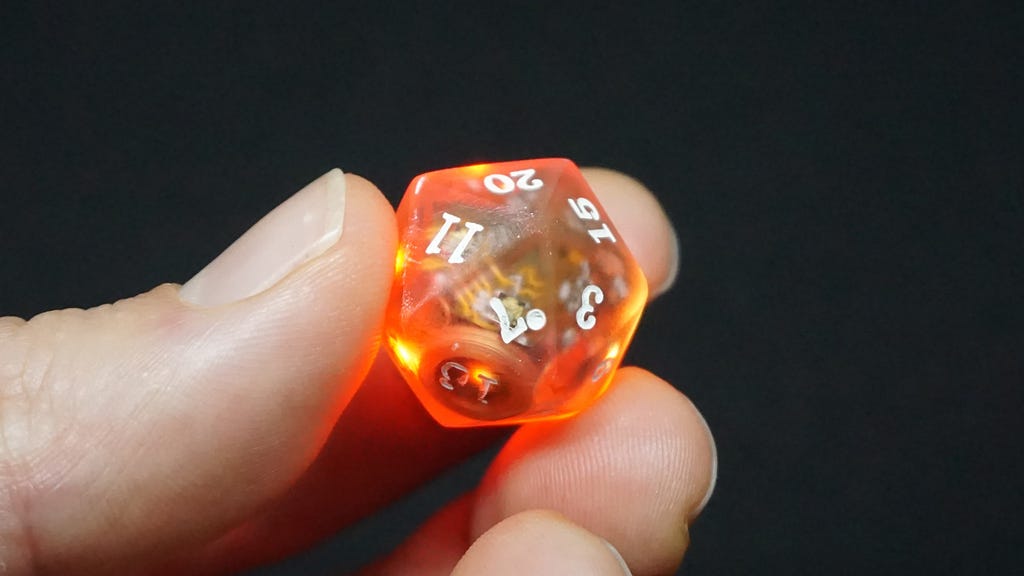
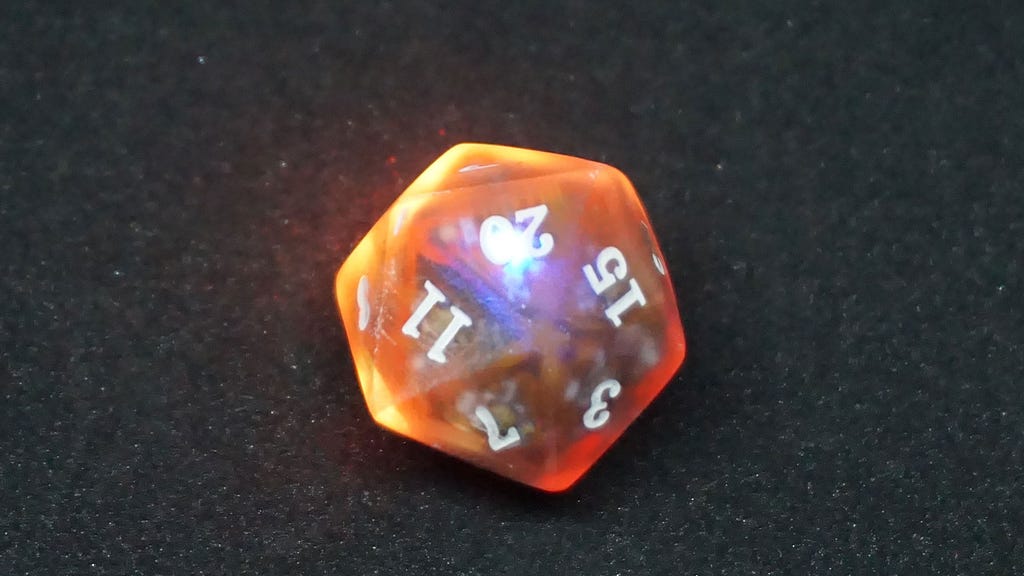

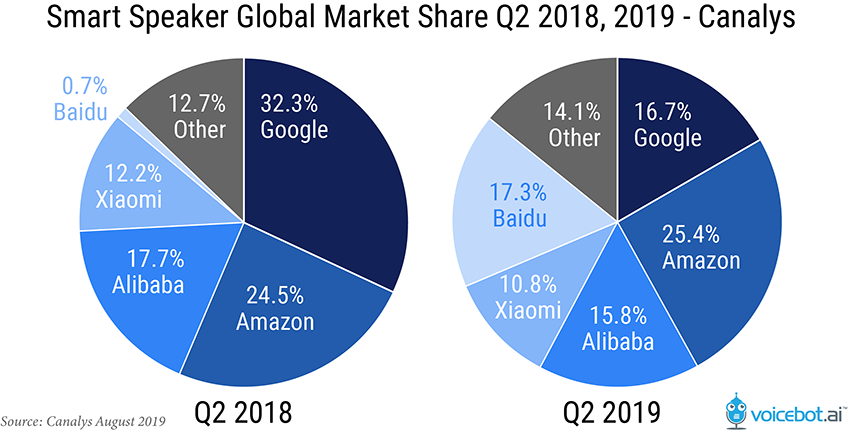

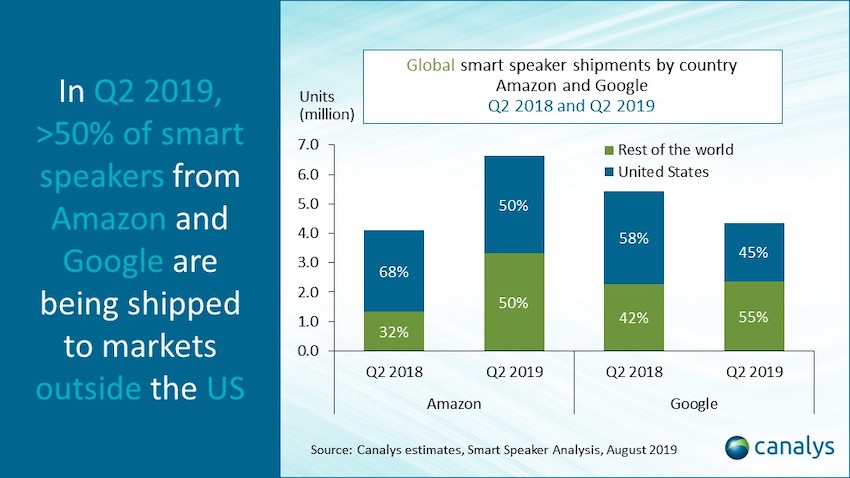


 “The goal of the project is not just to make the sensors but start to do many subject studies and see what sweat tells us — I always say ‘decoding’ sweat composition. For that we need sensors that are reliable, reproducible, and that we can fabricate to scale so that we can put multiple sensors in different spots of the body and put them on many subjects,” explained Ali Javey, Berkeley professor and head of the project.
“The goal of the project is not just to make the sensors but start to do many subject studies and see what sweat tells us — I always say ‘decoding’ sweat composition. For that we need sensors that are reliable, reproducible, and that we can fabricate to scale so that we can put multiple sensors in different spots of the body and put them on many subjects,” explained Ali Javey, Berkeley professor and head of the project.

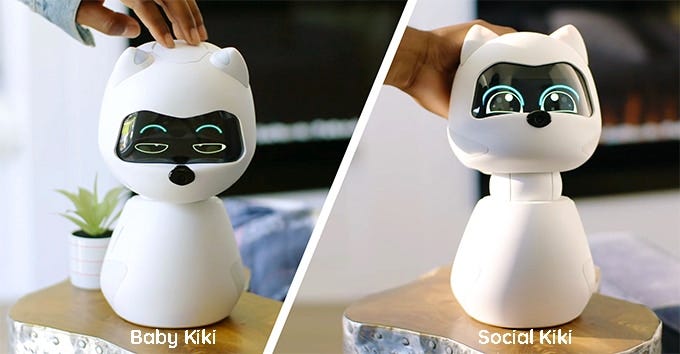



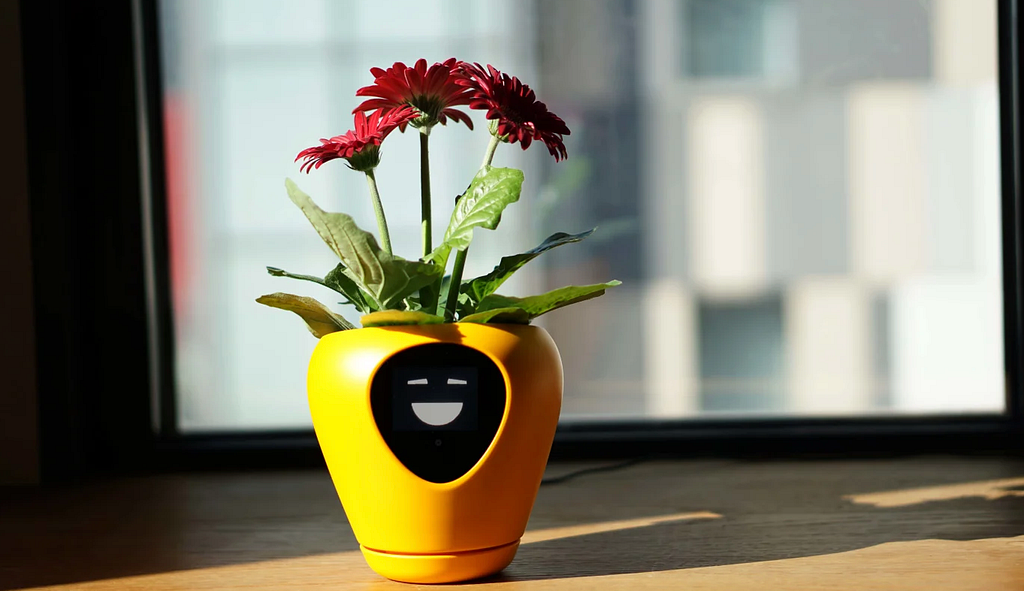

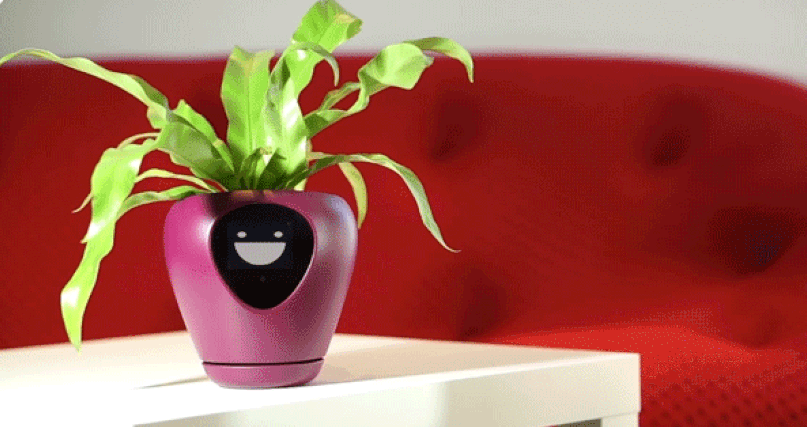
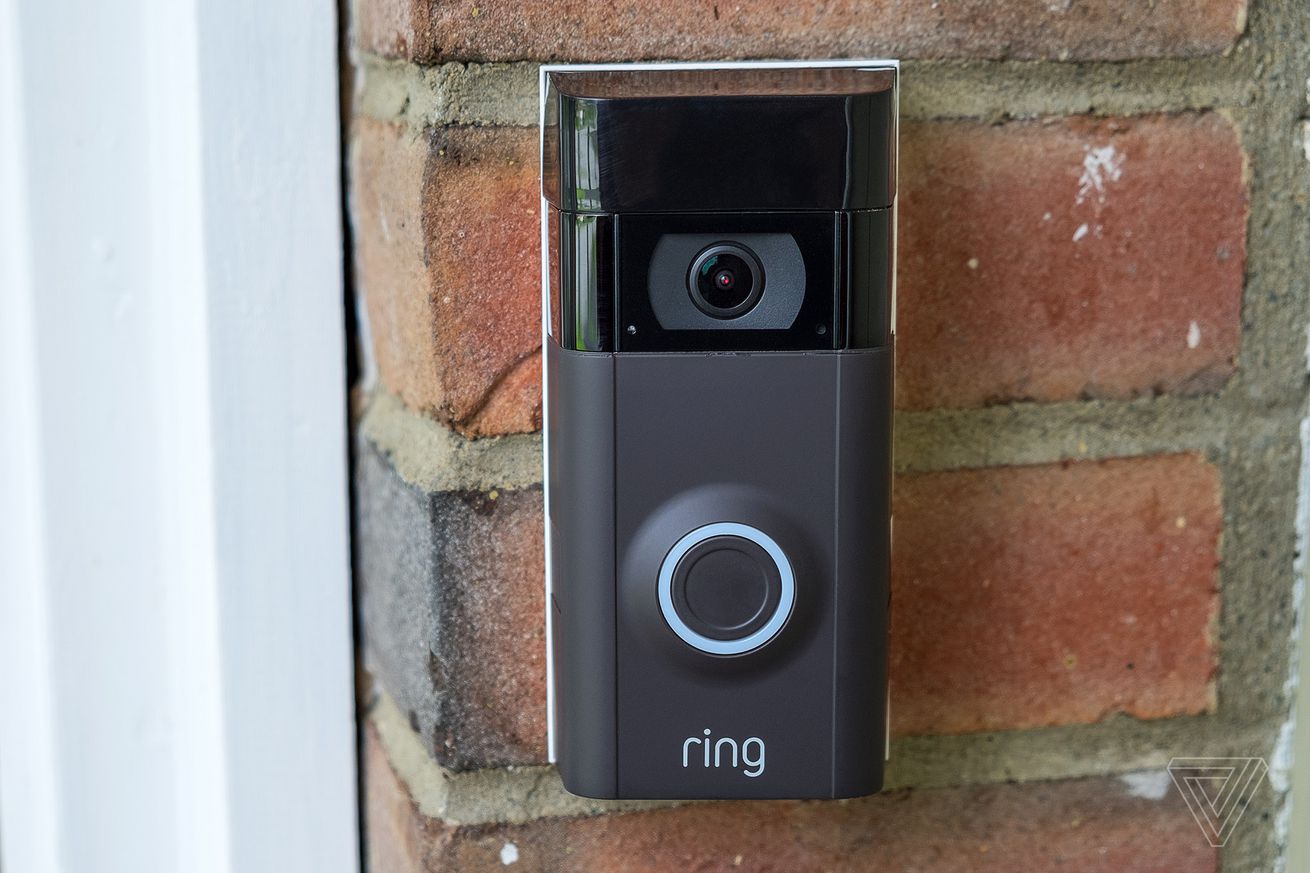 Photo by Dan Seifert / The Verge
Photo by Dan Seifert / The Verge
